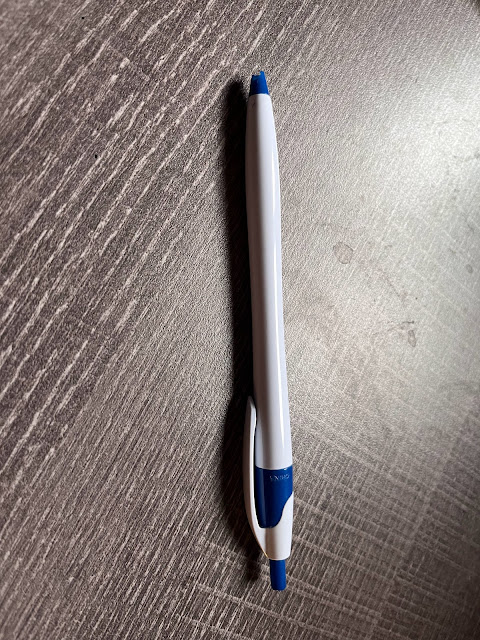Laser Cut Prep. I chose to do a simple 4'' X 4'' square for the pattern. I chose this as I felt the square shape might offset the round shapes seen throughout the design, especially through the clouds and balloons. I wanted the clouds to be the highest point of the cut, so I chose not to fill them in with anything instead of colouring them white. The deepest part of the pattern I wanted to be the actual balloon shape, as I felt that this would attract the eye to this pattern. Next, the dot pattern, the cords and the basket were all coloured with the same grey to make the balloon feel more unified. Initially, the background of the pattern was to match this grey, but Peter thought it better if the background was darker so that the pattern wasn't so matching. Laser Cut Sample. I chose to cut on birch wood. I wanted to select wood for my sample as I felt that the wood grain might give the pattern some interesting texture. I thought that this idea worked really well, esp...




